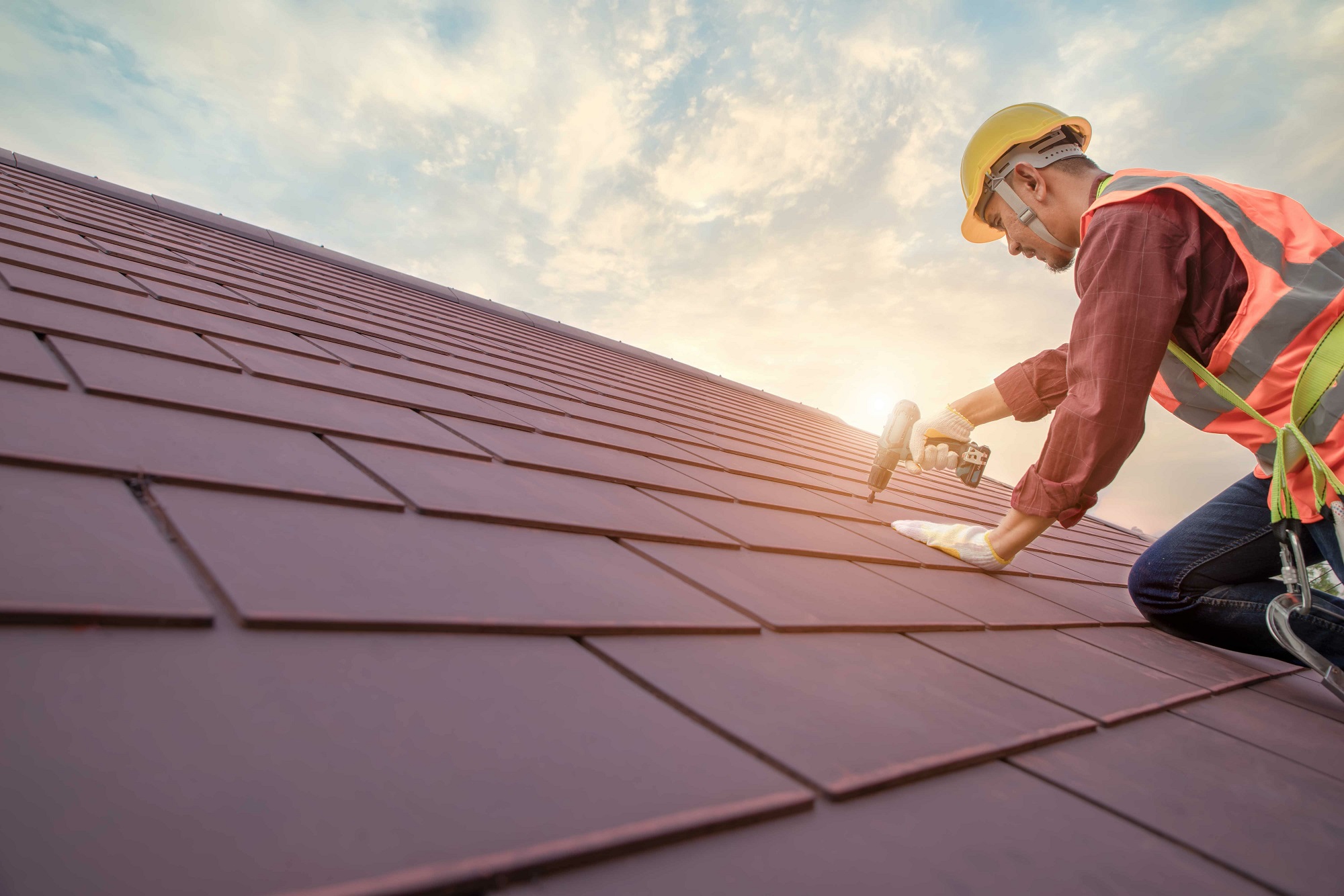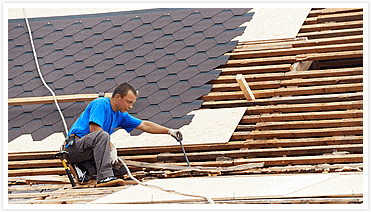Trusted Cleveland Roofing Specialists for Comprehensive Roofing Needs
Wiki Article
A Comprehensive Guide to Effective Roof Covering Apartment Roofing System Installment
The details of level roof covering setup demand a careful method, beginning with an extensive understanding of numerous flat roof covering types and the necessary materials needed for optimal efficiency. A successful installation hinges not just on the choice of products but also on the preparation and execution of each step involved in the procedure.Recognizing Apartment Roofing Kind
When taking into consideration level roofs, it is vital to understand the different kinds readily available, as each offers distinct advantages and downsides tailored to specific requirements. One of the most usual kinds of flat roofs consist of Built-Up Roof covering (BUR), Modified Bitumen, and Single-Ply membrane layers.
Built-Up Roofing includes multiple layers of asphalt and crushed rock, supplying excellent durability and weather resistance. It is especially valuable in locations susceptible to severe weather however might call for even more upkeep due to its complex building.
Customized Bitumen is a prominent selection for its ease of installment and adaptability. It typically utilizes a torch-applied or self-adhesive approach, which can be advantageous for quick repairs and long-term efficiency. Nonetheless, its life expectancy can be shorter contrasted to BUR.
Single-Ply membrane layers, consisting of Thermoplastic Olefin (TPO) and Ethylene Propylene Diene Monomer (EPDM), are identified for their light-weight nature and power effectiveness. These materials are commonly favored for business structures as a result of their cost-effectiveness and convenience of setup (Cleveland Roofing Specialists). Nevertheless, they might not provide the exact same level of insulation as various other options.
Each roof type requires mindful consideration based on climate, budget, and details job demands.
Vital Materials for Flat Roof Covering
A range of vital materials are critical for the successful installation of flat roof systems. The choice of products directly effects resilience, efficiency, and total effectiveness.One of the primary materials is the roof covering membrane layer, which can be built from numerous compounds such as polycarbonate polyolefin (TPO), ethylene propylene diene monomer (EPDM), or PVC. Each type uses unique advantages, consisting of UV resistance and versatility, which are vital for long term efficiency.
In addition to the membrane, insulation materials play a considerable function in power efficiency. Stiff foam boards or polyisocyanurate insulation are preferred choices, as they give outstanding thermal resistance and moisture administration.
Additionally, roof covering adhesives and sealers are important for making sure a watertight installation. These products should be suitable with the chosen membrane to avoid damage with time.
Planning For Installation
Proper prep work is crucial for an effective flat roofing system setup, as it lays the foundation for a long lasting and reliable roofing system. Begin by performing a thorough inspection of the existing roof structure.Next, collect all needed devices and materials, ensuring that they fulfill market criteria. This includes water-proof membranes, insulation, flashing, and bolts. Acquaint on your own with the producer's specifications, as adherence to these guidelines is critical for warranty functions.
Furthermore, guarantee that the work area is free from debris and obstructions to assist in risk-free and efficient installation. Take into consideration weather; prevent installment throughout hefty rain or extreme temperature levels, which can impact product performance. Lastly, educate any kind of residents of the building regarding the upcoming job to make sure safety and security and decrease disturbances. By taking these primary steps, you can enhance the possibility of an effective level roof covering installation that fulfills both structural and visual requirements.
Step-by-Step Installment Refine
With the foundation established via detailed preparation, the next phase entails carrying out the flat roof covering installation methodically. Begin by making sure that the architectural deck is clean and free from particles. Next off, set up a vapor barrier to avoid dampness build-up below the roof covering material. This action is critical for preserving the roofing's stability gradually.Complying with the vapor obstacle installation, lay down insulation boards, guaranteeing they fit snugly together to decrease thermal linking. Safeguard the insulation with proper fasteners based on the roof type and neighborhood structure codes. As soon as the insulation is in place, it's time to use the roof membrane. Relying on the picked material-- such as TPO, EPDM, or changed asphalts-- install the membrane according to the producer's web specs.
Guarantee appropriate overlap at seams and edges to create a watertight seal. Make use of adhesives, mechanical bolts, or warm welding as needed. Install flashing around boundaries, vents, and any kind of roofing infiltrations to improve waterproofing. After installment, conduct a detailed evaluation to determine any type of possible problems prior to wrapping up the his response job, ensuring a trustworthy and robust level roof system.
Maintenance Tips for Long Life
Normal upkeep is crucial to ensure the durability and performance of a level roof. Among the main tasks is to conduct routine assessments at the very least twice a year, ideally in spring and loss. Throughout these inspections, look for signs of wear, such as sores, splits, or pooling water, which can show underlying problems.
Making sure proper drainage is important to protect against water accumulation. Check and clear gutters, downspouts, and scuppers to ensure unhampered water circulation. In addition, inspect seals around vents, skylights, and other penetrations for any type of indications of deterioration, using caulk or sealer as required to keep a watertight obstacle.
Finally, think about professional maintenance solutions every couple of years for thorough maintenances. By sticking to these maintenance tips, you can considerably extend the life of your flat roof covering, ensuring it continues to be a dependable guard against the elements.
Final Thought
Effective flat roofing setup demands an organized method including extensive examinations, material selection, and thorough prep work. Adhering to the described steps during the installation procedure makes sure the proper application of roof covering membrane layers and insulation while improving waterproofing via reliable flashing installation.The intricacies of level roof covering installment need a thorough method, beginning with a comprehensive understanding of various flat roofing system types and the essential materials needed for optimum performance.Appropriate preparation is important for a basics successful level roofing system installment, as it lays the groundwork for a efficient and durable roof covering system. After setup, conduct a comprehensive inspection to determine any type of potential concerns prior to wrapping up the job, making certain a reliable and robust level roofing system.

Report this wiki page